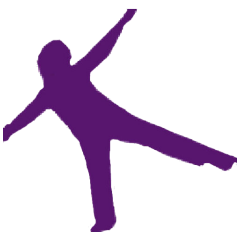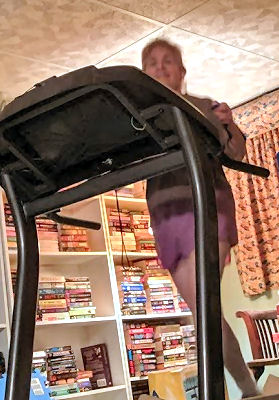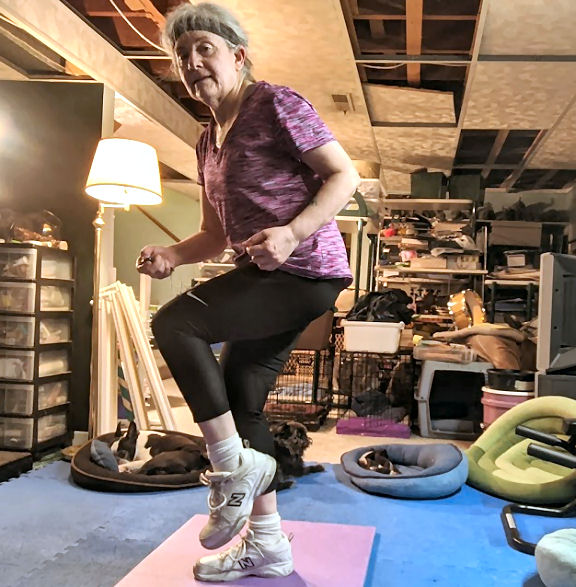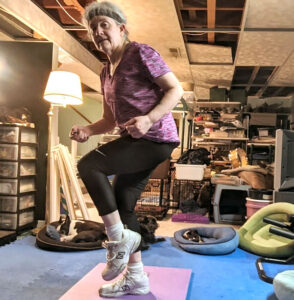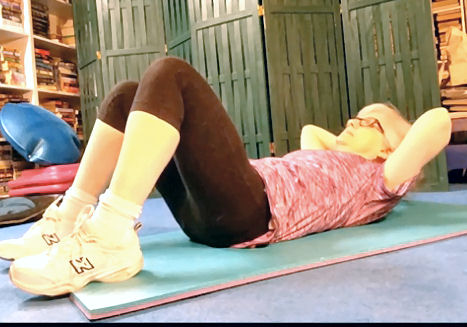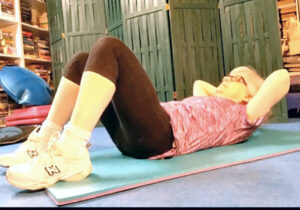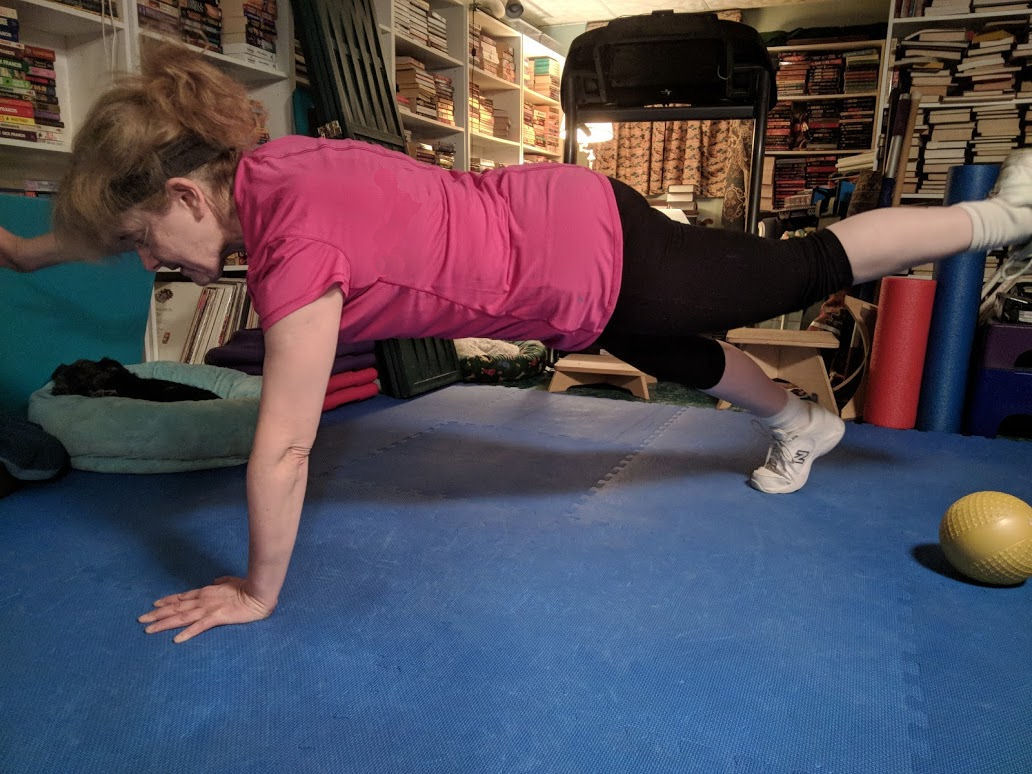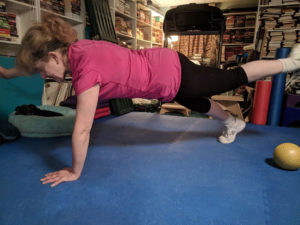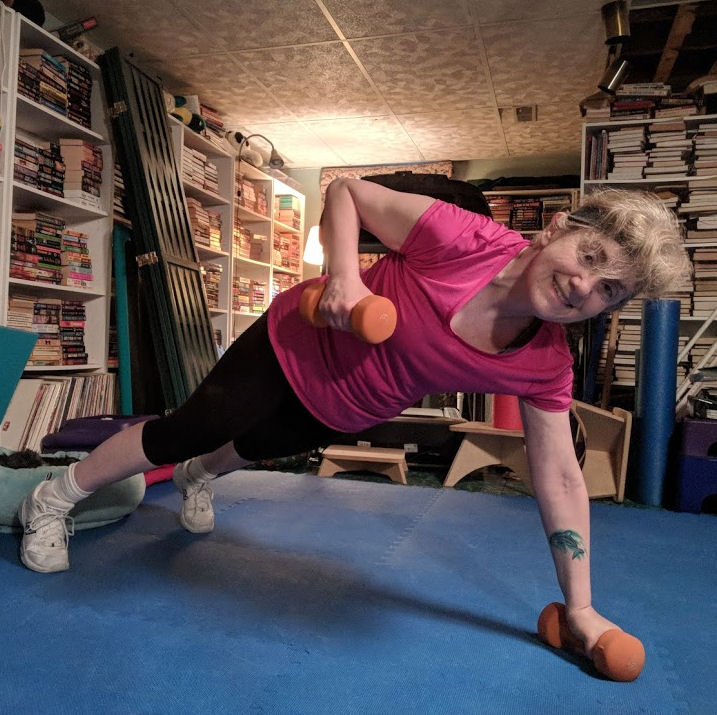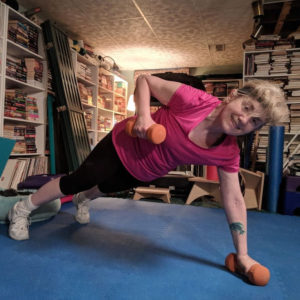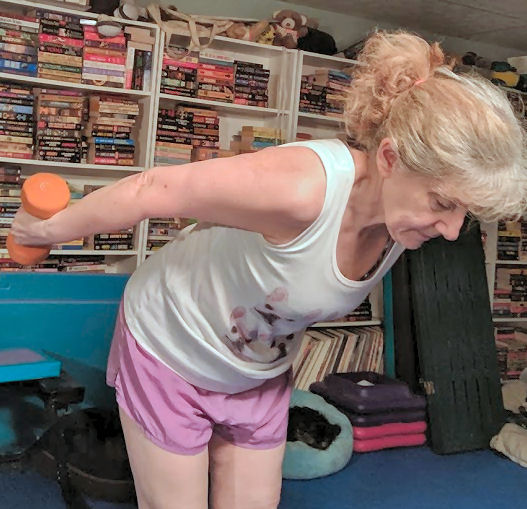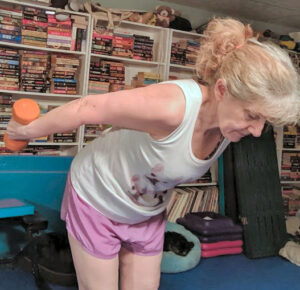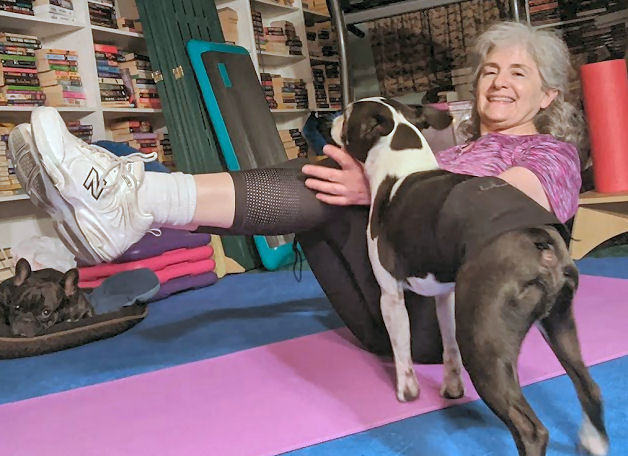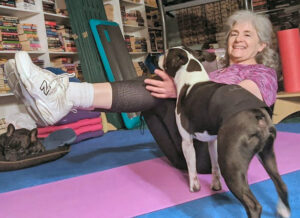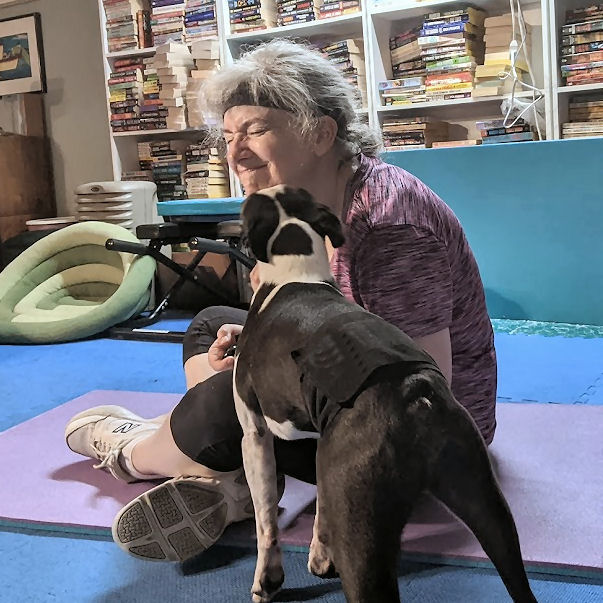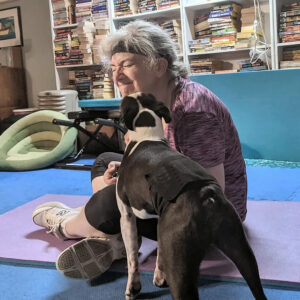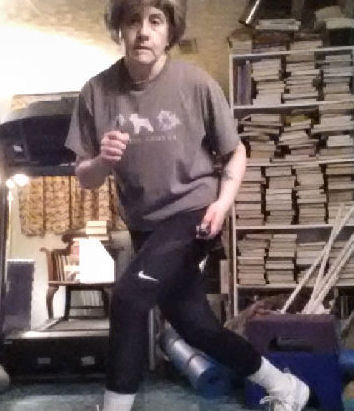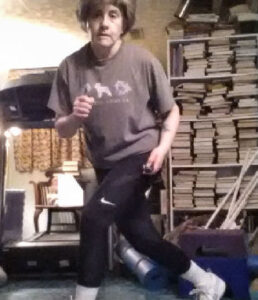If you do the same exercises every week, you’ve probably experienced this. One day you breeze through your workout and the next time you do that workout it’s so hard! Why are are some days so much harder than others? It happens to me, especially on my running days. I do a run/walk workout a couple of times a week and some days it’s not exactly easy, but other days my workout was so hard!
I’m gasping on the hard days
On the hard days, it’s all I can do to get to the speed I want and then I’m practically gasping for air. (Okay, that might be a slight exaggeration.) But on those days I complain to anyone who will listen, “My workout was so hard today!”
I really like it much more when I push that up button for speed and inclination on the treadmill and just get back into the story that I’m listening to. I don’t have to think about every foot placement. And I’m not watching the time for when I can push it back down.
We know that exercise is crucial for our healthy aging. But why is it so much harder some days?
Several factors at play
So, why are some days of exercise so much harder than others? According to Houston Methodist on Health, there could be several factors. If your nutrition isn’t well-balanced, you could be feeling tired and weak. But if you consume the right combination of nutrients at the right time, you should be well-fueled and have enough energy for your workout.
Your recovery from your last workout could also play a role. If you’re not fully recovered, and if your muscles haven’t rested sufficiently, you could also feel sore and not able to perform at your highest level.
And if you’re not getting enough sleep, then you absolutely will not have the energy to fly through your workout. Your body needs sleep to regenerate. Coffee doesn’t do it.
Nutrition, recovery, sleep, but also mindset
Your mood can also play a factor. If you’re distracted, then you’re not focusing on your workout and it might seem harder. If you’re feeling depressed, then not even the most light-hearted audiobook will make your workout seem effortless.
So when you say, “My workout was so hard today” it might be for one or more of these reasons. As I’ve mentioned before, the keys to success in achieving any fitness goal are having the right nutrition, exercising wisely, and having a positive mindset. Work on those and your workouts will get easier.
